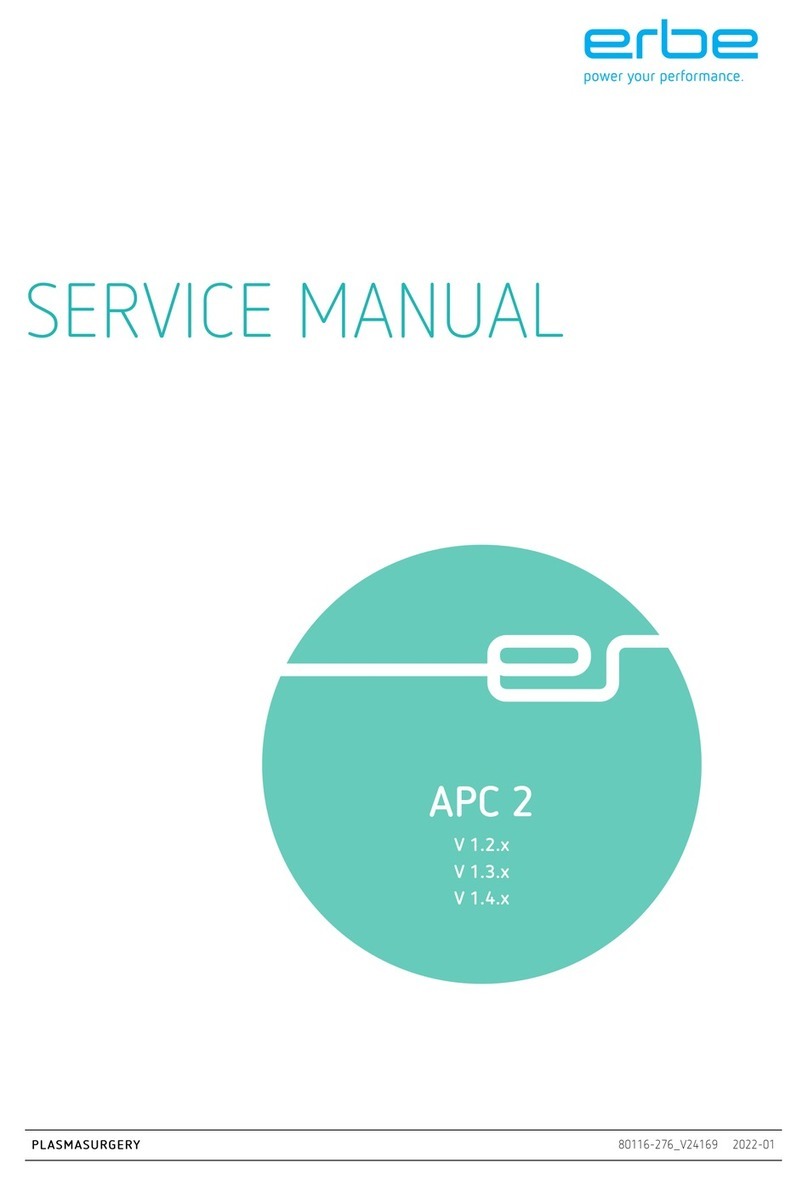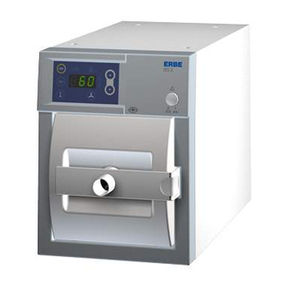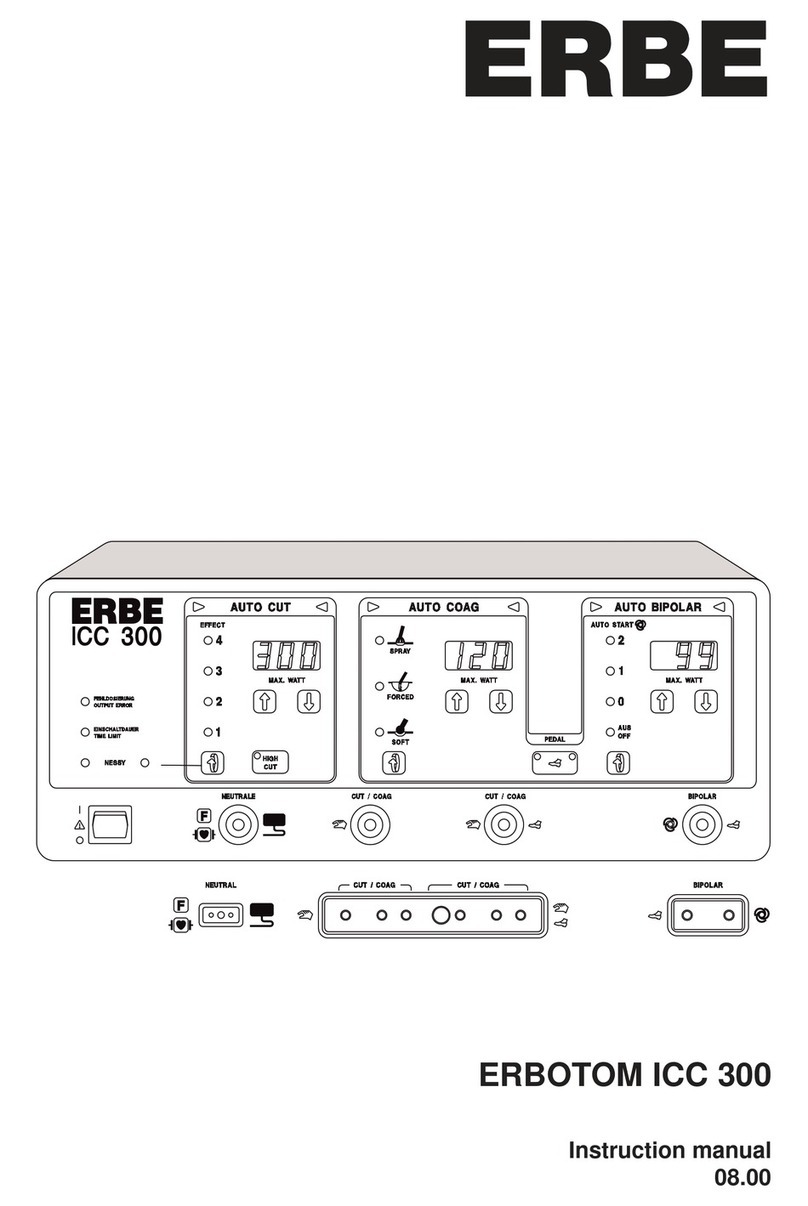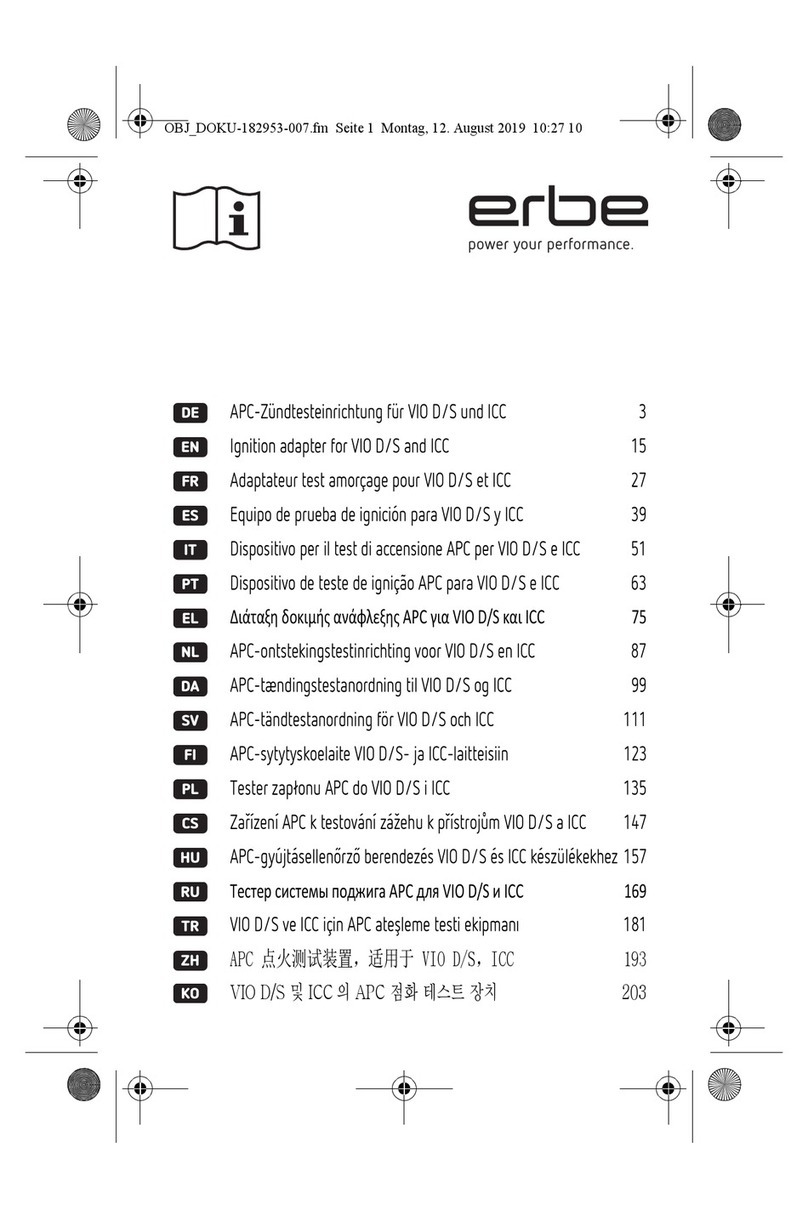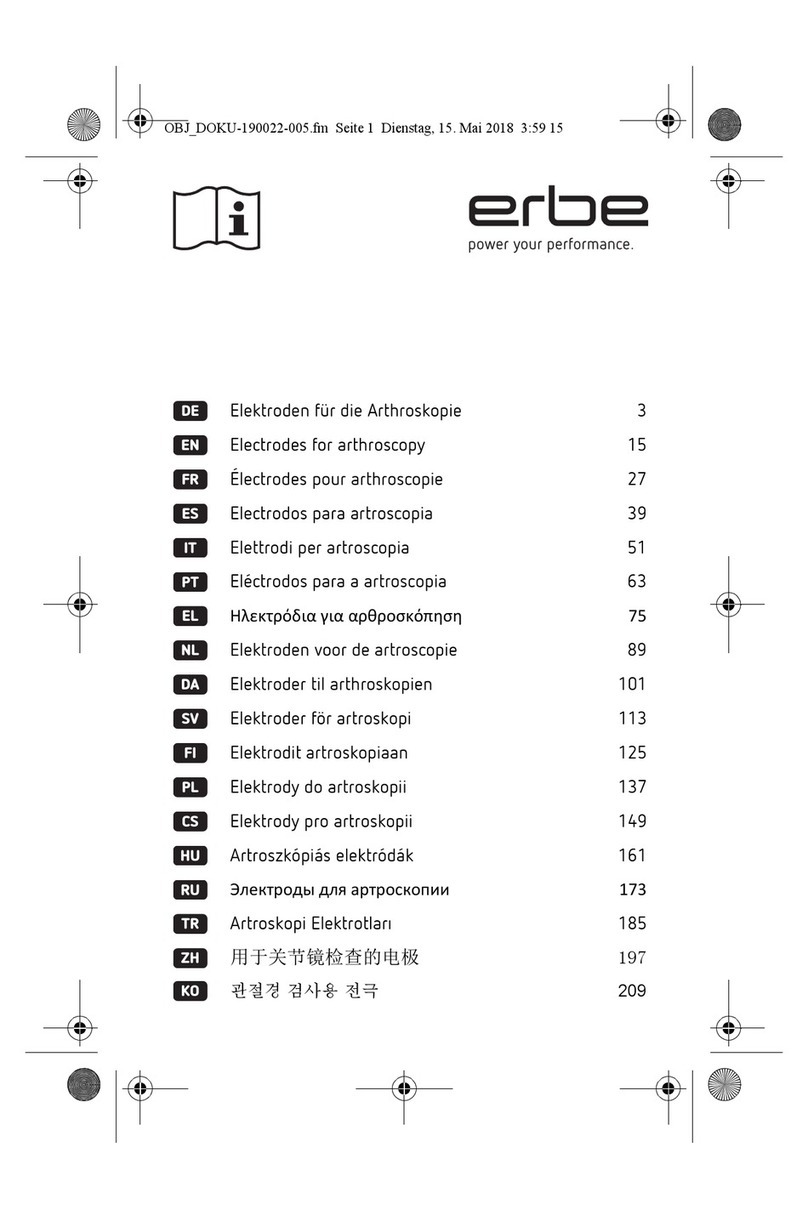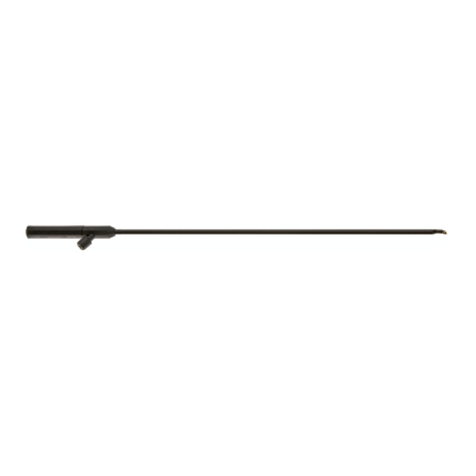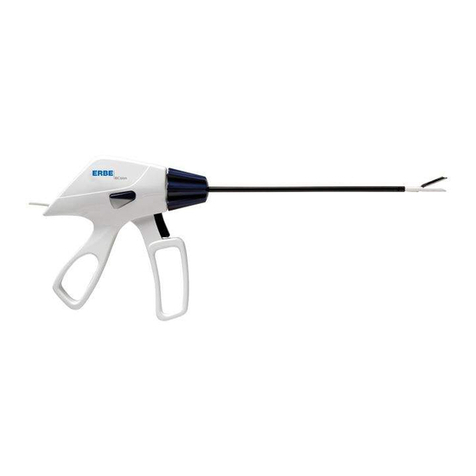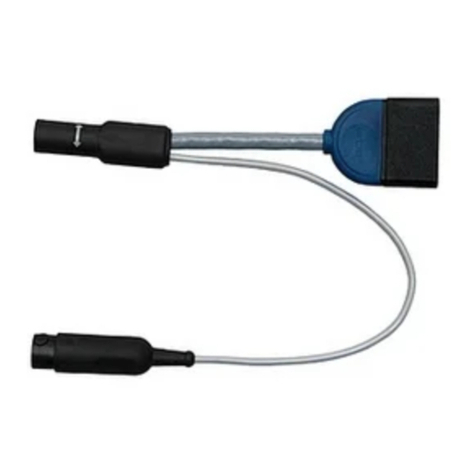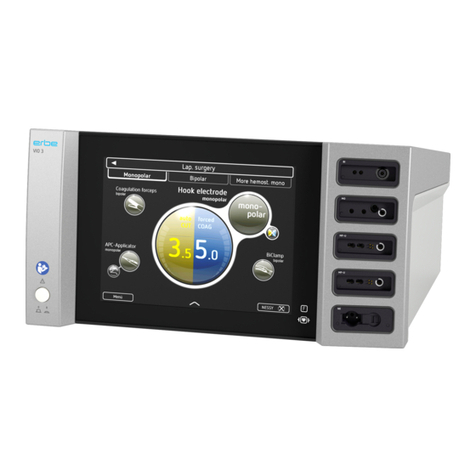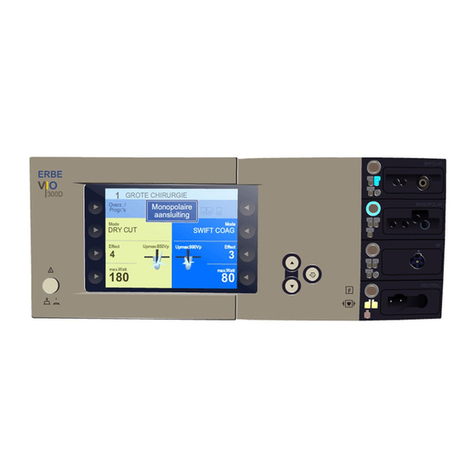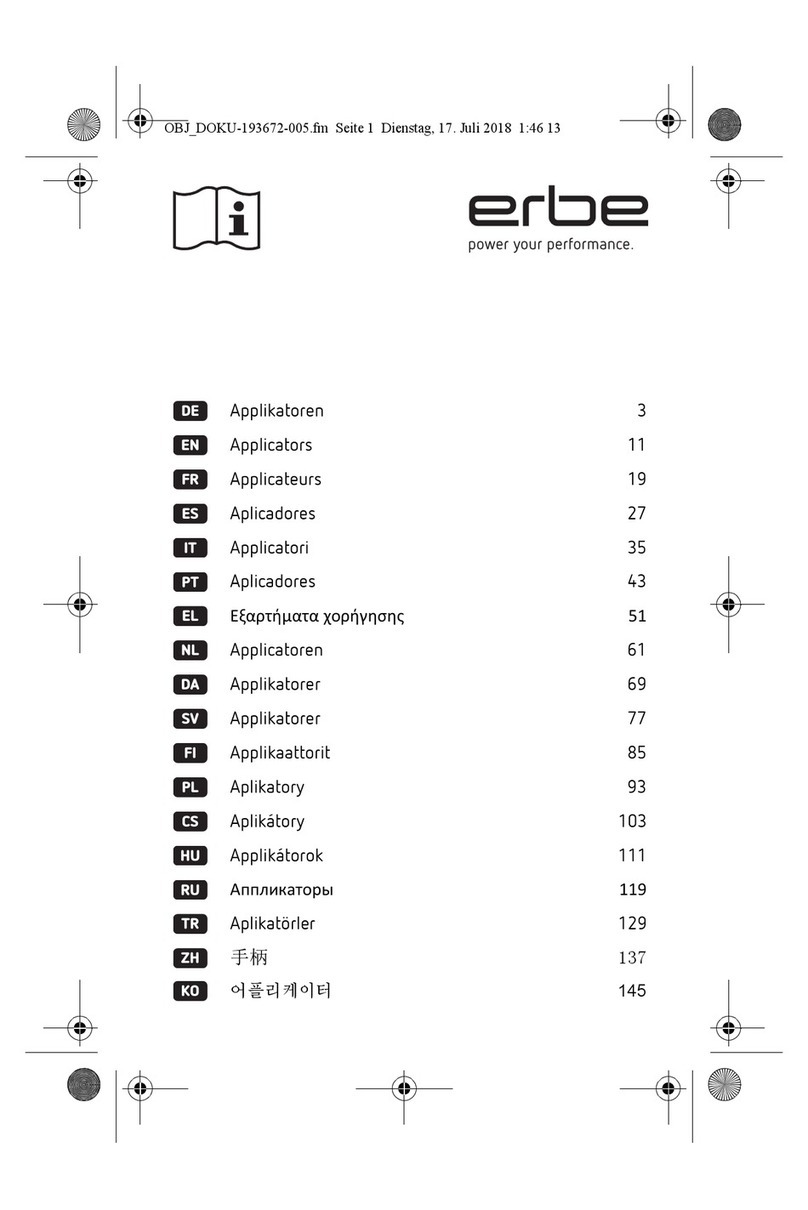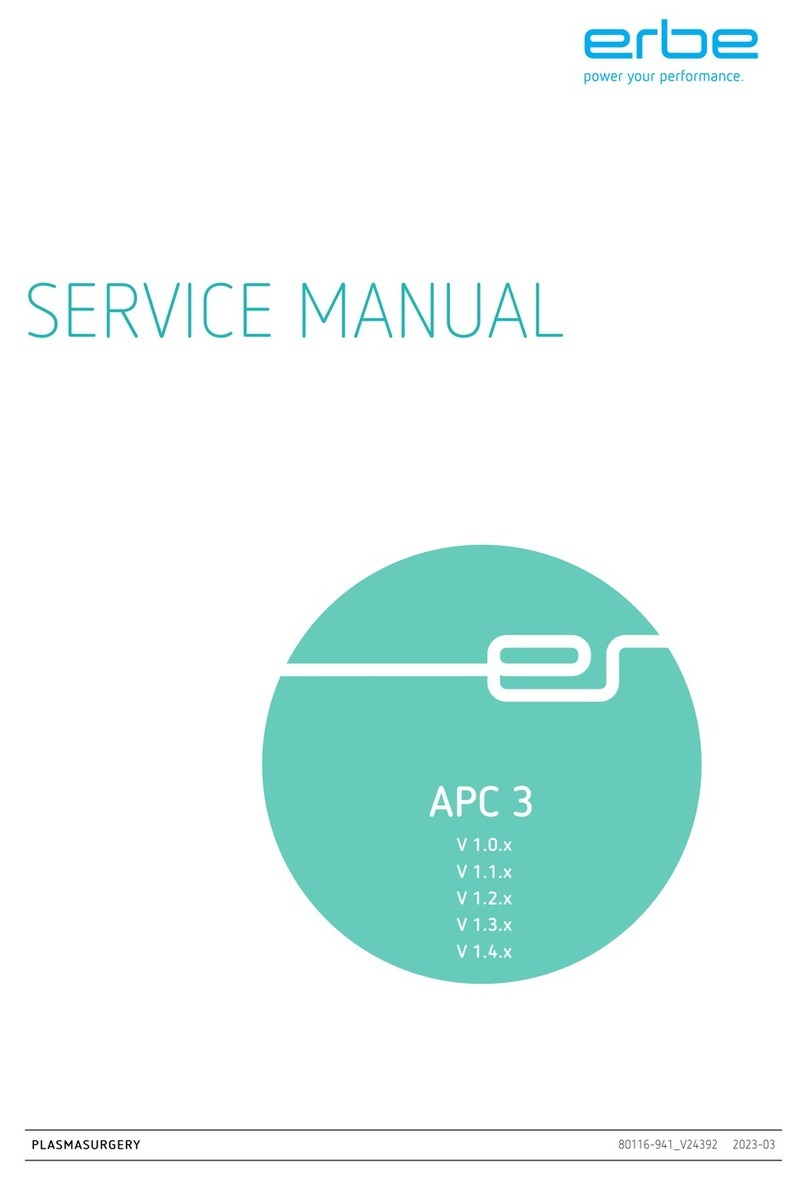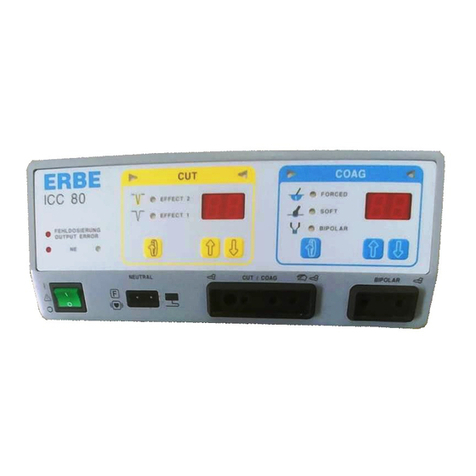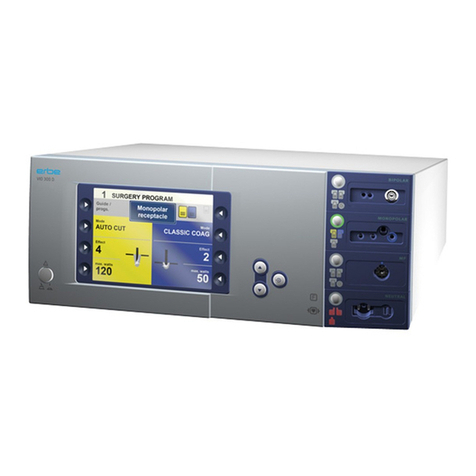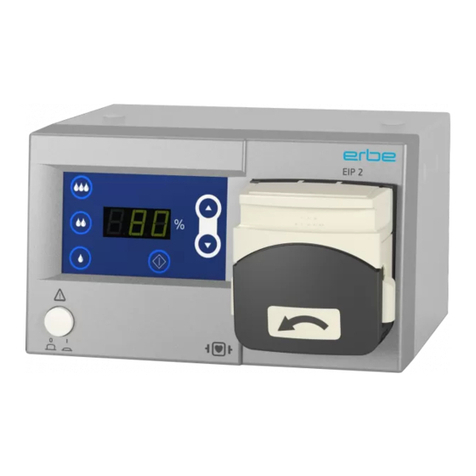
Table of Contents
6 / 182
80113-751_V23791
2022-07
6Working with the Electrosurgical Unit: a Tutorial . . . . . . . . . . . . . . 47
The tutorial and your electrosurgical system . . . . . . . . . . . . . . . . . . . . . . . . . . . . . . .47
Make power connection, switch on unit, self-test, assignment of active
program . . . . . . . . . . . . . . . . . . . . . . . . . . . . . . . . . . . . . . . . . . . . . . . . . . . . . . . . . . . . .47
Adopt Program . . . . . . . . . . . . . . . . . . . . . . . . . . . . . . . . . . . . . . . . . . . . . . . . . . . . . . .50
Select Program . . . . . . . . . . . . . . . . . . . . . . . . . . . . . . . . . . . . . . . . . . . . . . . . . . . . . . .50
The basic concept of the electrosurgical unit: focusing attention on the
functions of a socket (Focus View). . . . . . . . . . . . . . . . . . . . . . . . . . . . . . . . . . . . . . . .52
Changing settings of the Basic Program . . . . . . . . . . . . . . . . . . . . . . . . . . . . . . . . . . .52
Setting Cut mode. . . . . . . . . . . . . . . . . . . . . . . . . . . . . . . . . . . . . . . . . . . . . . . . . . . . . .53
Setting CUT effect . . . . . . . . . . . . . . . . . . . . . . . . . . . . . . . . . . . . . . . . . . . . . . . . . . . . .54
Selecting CUT Max. Wattage. . . . . . . . . . . . . . . . . . . . . . . . . . . . . . . . . . . . . . . . . . . . .55
Select COAG mode, COAG effect and COAG power limitation . . . . . . . . . . . . . . . . . . .56
Activation of CUT and COAG modes with footswitch . . . . . . . . . . . . . . . . . . . . . . . . .56
Activation of CUT and COAG modes with fingerswitch, AUTO START, AUTO
STOP . . . . . . . . . . . . . . . . . . . . . . . . . . . . . . . . . . . . . . . . . . . . . . . . . . . . . . . . . . . . . . . .58
The Focus View and activation concept of the electrosurgical unit. What
points must I observe? . . . . . . . . . . . . . . . . . . . . . . . . . . . . . . . . . . . . . . . . . . . . . . . . .60
NESSY. . . . . . . . . . . . . . . . . . . . . . . . . . . . . . . . . . . . . . . . . . . . . . . . . . . . . . . . . . . . . . .60
How do I receive information about the safety status of the neutral
electrode? . . . . . . . . . . . . . . . . . . . . . . . . . . . . . . . . . . . . . . . . . . . . . . . . . . . . . . . . . . .61
Saving the amended Basic program under a new name . . . . . . . . . . . . . . . . . . . . . .65
Overwriting a program . . . . . . . . . . . . . . . . . . . . . . . . . . . . . . . . . . . . . . . . . . . . . . . . .66
Creating all settings for a program from scratch . . . . . . . . . . . . . . . . . . . . . . . . . . . .67
Deleting a program . . . . . . . . . . . . . . . . . . . . . . . . . . . . . . . . . . . . . . . . . . . . . . . . . . . .67
Creating programs for ReMode function . . . . . . . . . . . . . . . . . . . . . . . . . . . . . . . . . .67
ReMode change-over with a 2-button handpiece . . . . . . . . . . . . . . . . . . . . . . . . . . .72
Calling up Setup . . . . . . . . . . . . . . . . . . . . . . . . . . . . . . . . . . . . . . . . . . . . . . . . . . . . . .72
7Description of socket hardware . . . . . . . . . . . . . . . . . . . . . . . . . . . . 75
Purchasing further sockets. . . . . . . . . . . . . . . . . . . . . . . . . . . . . . . . . . . . . . . . . . . . . .75
Sockets for different modes and instrument connectors . . . . . . . . . . . . . . . . . . . . . .75
Monopolar socket . . . . . . . . . . . . . . . . . . . . . . . . . . . . . . . . . . . . . . . . . . . . . . . . . . . . .75
Bipolar socket . . . . . . . . . . . . . . . . . . . . . . . . . . . . . . . . . . . . . . . . . . . . . . . . . . . . . . . .76
Multifunctional socket. . . . . . . . . . . . . . . . . . . . . . . . . . . . . . . . . . . . . . . . . . . . . . . . . .77
Socket for neutral electrode . . . . . . . . . . . . . . . . . . . . . . . . . . . . . . . . . . . . . . . . . . . . .78
8Monopolar Standard Modes . . . . . . . . . . . . . . . . . . . . . . . . . . . . . . . 81
AUTO CUT. . . . . . . . . . . . . . . . . . . . . . . . . . . . . . . . . . . . . . . . . . . . . . . . . . . . . . . . . . . .81
HIGH CUT . . . . . . . . . . . . . . . . . . . . . . . . . . . . . . . . . . . . . . . . . . . . . . . . . . . . . . . . . . . .83
DRY CUT . . . . . . . . . . . . . . . . . . . . . . . . . . . . . . . . . . . . . . . . . . . . . . . . . . . . . . . . . . . . .85
DRY CUT °. . . . . . . . . . . . . . . . . . . . . . . . . . . . . . . . . . . . . . . . . . . . . . . . . . . . . . . . . . . .87
SOFT COAG . . . . . . . . . . . . . . . . . . . . . . . . . . . . . . . . . . . . . . . . . . . . . . . . . . . . . . . . . . .89
SWIFT COAG . . . . . . . . . . . . . . . . . . . . . . . . . . . . . . . . . . . . . . . . . . . . . . . . . . . . . . . . . .91
SWIFT COAG ° . . . . . . . . . . . . . . . . . . . . . . . . . . . . . . . . . . . . . . . . . . . . . . . . . . . . . . . .93
FORCED COAG . . . . . . . . . . . . . . . . . . . . . . . . . . . . . . . . . . . . . . . . . . . . . . . . . . . . . . . .95
SPRAY COAG . . . . . . . . . . . . . . . . . . . . . . . . . . . . . . . . . . . . . . . . . . . . . . . . . . . . . . . . . .97
CLASSIC COAG . . . . . . . . . . . . . . . . . . . . . . . . . . . . . . . . . . . . . . . . . . . . . . . . . . . . . . . .99
9Bipolar Standard Modes . . . . . . . . . . . . . . . . . . . . . . . . . . . . . . . . . 103
BIPOLAR CUT . . . . . . . . . . . . . . . . . . . . . . . . . . . . . . . . . . . . . . . . . . . . . . . . . . . . . . . 103
BIPOLAR CUT + . . . . . . . . . . . . . . . . . . . . . . . . . . . . . . . . . . . . . . . . . . . . . . . . . . . . . 105




















